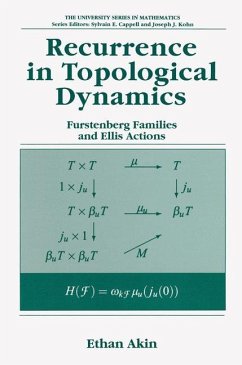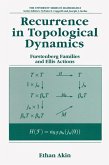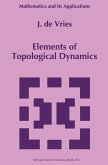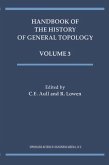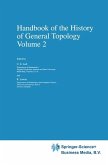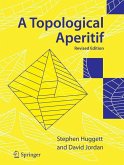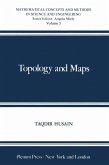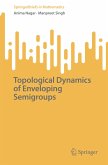This groundbreaking volume is the first to elaborate the theory of set families as a tool for studying the phenomenon of recurrence. The theory is implicit in such seminal works as Hillel Furstenberg's Recurrence in Ergodic Theory and Combinational Number Theory, but Ethan Akin's study elaborates it in detail, defining such elements of theory as: open families of special subsets the unification of several ideas associated with transitivity, ergodicity, and mixing the Ellis theory of enveloping semigroups for compact dynamical systems and new notions of equicontinuity, distality, and rigidity.
In the long run of a dynamical system, after transient phenomena have passed away, what remains is recurrence. An orbit is recurrent when it returns repeatedly to each neighborhood of its initial position. We can sharpen the concept by insisting that the returns occur with at least some prescribed frequency. For example, an orbit lies in some minimal subset if and only if it returns almost periodically to each neighborhood of the initial point. That is, each return time set is a so-called syndetic subset ofT= the positive reals (continuous time system) or T = the positive integers (discrete time system). This is a prototype for many of the results in this book. In particular, frequency is measured by membership in a family of subsets of the space modeling time, in this case the family of syndetic subsets of T. In applying dynamics to combinatorial number theory, Furstenberg introduced a large number of such families. Our first task is to describe explicitly the calculus of families implicit in Furstenberg's original work and in the results which have proliferated since. There are general constructions on families, e. g. , the dual of a family and the product of families. Other natural constructions arise from a topology or group action on the underlying set. The foundations are laid, in perhaps tedious detail, in Chapter 2. The family machinery is then applied in Chapters 3 and 4 to describe family versions of recurrence, topological transitivity, distality and rigidity.
Hinweis: Dieser Artikel kann nur an eine deutsche Lieferadresse ausgeliefert werden.
In the long run of a dynamical system, after transient phenomena have passed away, what remains is recurrence. An orbit is recurrent when it returns repeatedly to each neighborhood of its initial position. We can sharpen the concept by insisting that the returns occur with at least some prescribed frequency. For example, an orbit lies in some minimal subset if and only if it returns almost periodically to each neighborhood of the initial point. That is, each return time set is a so-called syndetic subset ofT= the positive reals (continuous time system) or T = the positive integers (discrete time system). This is a prototype for many of the results in this book. In particular, frequency is measured by membership in a family of subsets of the space modeling time, in this case the family of syndetic subsets of T. In applying dynamics to combinatorial number theory, Furstenberg introduced a large number of such families. Our first task is to describe explicitly the calculus of families implicit in Furstenberg's original work and in the results which have proliferated since. There are general constructions on families, e. g. , the dual of a family and the product of families. Other natural constructions arise from a topology or group action on the underlying set. The foundations are laid, in perhaps tedious detail, in Chapter 2. The family machinery is then applied in Chapters 3 and 4 to describe family versions of recurrence, topological transitivity, distality and rigidity.
Hinweis: Dieser Artikel kann nur an eine deutsche Lieferadresse ausgeliefert werden.

